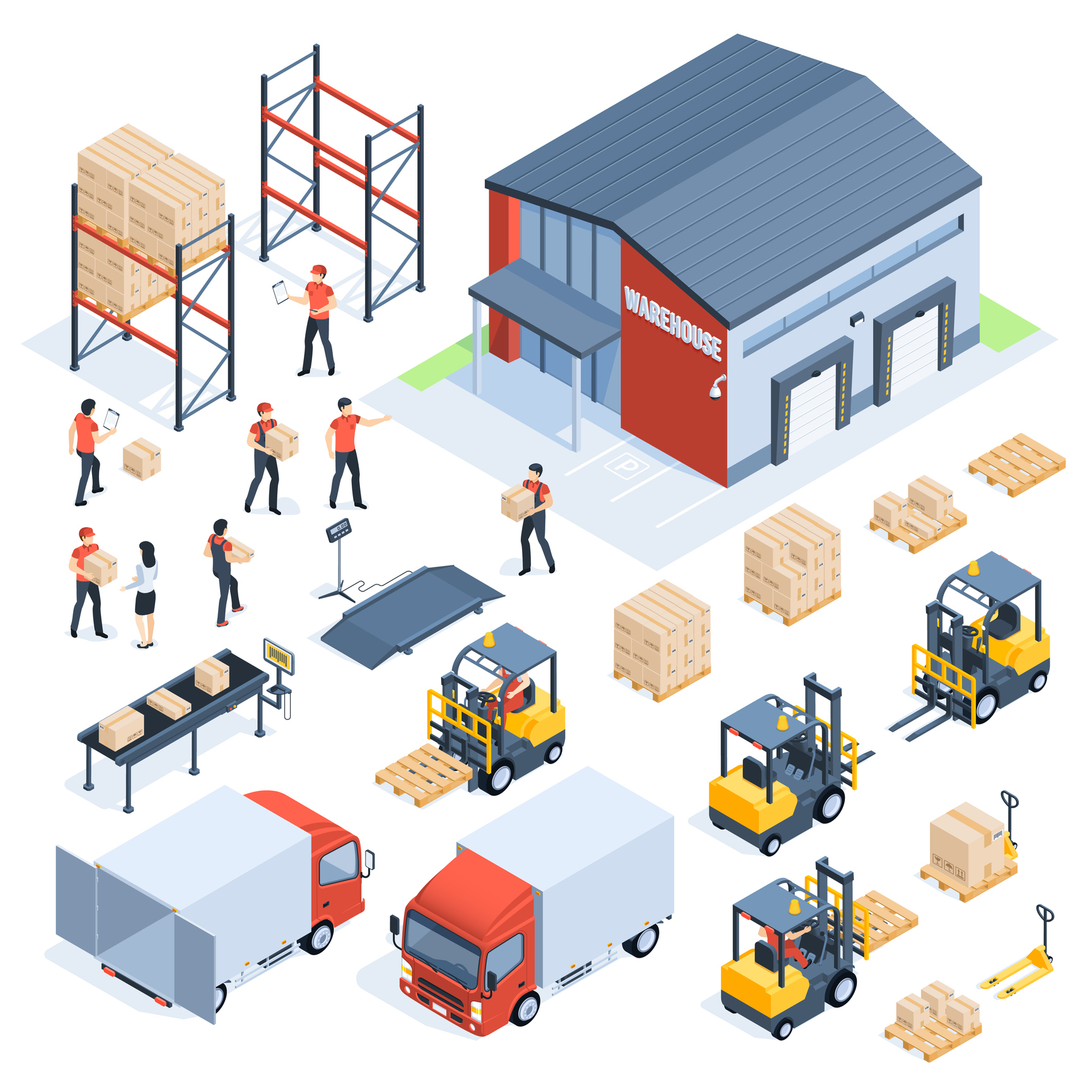
What are the most common problems encountered in logistics?
The continuous evolution towards digital markets and new customer requirements has led to a significant increase in logistics problems, especially those related to warehouse management. As a result, the logistics and transport sector is one of the fundamental pillars of today’s consumer society.
But what are the most common logistics problems?
Here are 5 logistical problems that logistics professionals frequently encounter… and our tips for avoiding them!
1. Lack of storage space.
If the warehouse where you store your goods is too small to accommodate all your packing supplies, you need to optimize the working space.
It is possible to reduce the space dedicated to packaging. Instead of storing 3 weeks’ worth of materials, opt for a 3-day supply that is replenished twice a week. On fixed days and with the possibility to adjust according to your needs.
The workspace should not be neglected, however, and it is important to think about the ergonomic choice of desks and storage space.
Preparing parcels cannot be done on a 5 cm² desk corner. Ingenious solutions can be adopted:
- The compact packing station: it includes several mobile shelves, space for a work screen and high storage.
- The ergonomic workstation: it is adaptable in width and height, with the possibility of adding tables and accessories. It allows for great modularity and space saving with its shelves, racks and beaker trays for example.
- The ergonomic motorized workstation. The height of this workstation can be adjusted via motors that raise the work surface, for optimum ergonomics at your order-picking station.
2. Transport costs.
The main role of the logistics manager is to reduce transport costs as much as possible and to optimize them.
To optimize your transport budget you can: reduce the weight of the packaging, avoid overloading with the right volume of cardboard. This is why it is preferable to opt for tailor-made cardboard boxes.
Tailor-made boxes can be your best way to reduce costs, especially when you sell a single product or products of similar sizes.
3. Breakage or damage.
Broken, damaged goods and damaged parcels are major problems faced by sellers and carriers.
Especially when you know that in 23% of cases, a package with damaged packaging will have a negative impact on the customer’s perception. And there is a 70% chance that the customer will not order from you again.
To avoid such unfortunate adventures, it is possible to stick a “Fragile” label or tape on the package. It is recommended that you use solid cardboard boxes, adapted to the dimensions of the products.
4. Theft or loss.
Just after the breakage, thefts and losses are a scourge for sellers and transporters. To avoid theft, it is important to secure the packages as much as possible.
You can opt for: boxes with self-locking bottoms, use a good adhesive, put a little more adhesive on the edges of the box and the strapping of the package, or even use black stretch film.
5. Customs clearance.
This is a complicated stage for transporters, as parcels can get stuck or refused.
Some precautions to take:
- standardized packaging,
- regulated packaging for sensitive products,
- clear labelling for shipments abroad,
- standardized pallet according to ISPM15
- an adhesive document pocket with all the information and certificates necessary for customs clearance.
Finally
Things to remember:
With the right packaging (a box whose dimensions are adapted to the products) you will avoid breakage, theft, and optimize your transport costs.
Organizing the logistics of the shipment also involves optimizing the workspace: as a logistician, you must ensure that practical and ergonomic logistical solutions are in place.
Problems during shipments are rarely the fault of the sellers, but they are the ones who most often pay the price: it is, therefore, better not to take any risks and to take care of your packaging.
If you are interested in logistics, have a look at these articles.
Don’t hesitate to contact us or leave a comment. We’d be delighted to talk to you